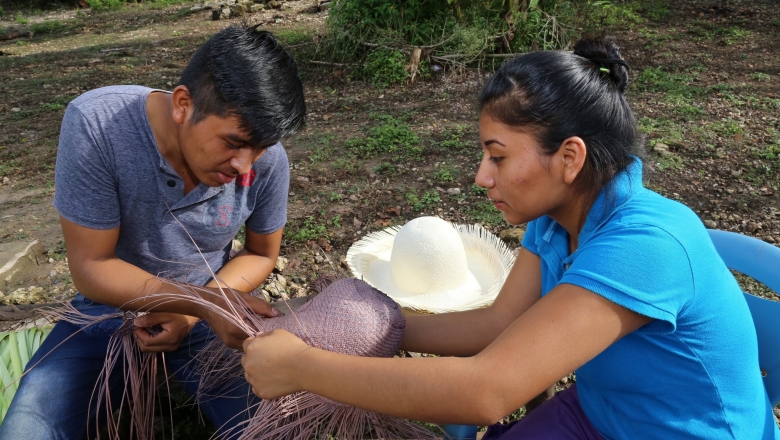Challenge
Mexico’s forests are home to more than 12 million people, most of whom live in poverty and directly depend on local natural resources. While forests provide important strategic, social, and environmental contributions to Mexico’s economy and local livelihoods, they face a number of pressures. The forest sector overall lacks adequate local management, long-term vision, and commitment to sustainability by the communities that own 61 percent of the country’s forests. Only 15 percent of the project’s targeted 15,584 communities managed their forests in accordance with an approved forest management plan. Mexico also faced the challenge of high rates of deforestation and forest degradation, the direct drivers of which include conversion of forest lands to pasture and agriculture, unsustainable logging, overgrazing, and pests and diseases. Some of the underlying causes include insufficient alignment of policies, institutions, and programs across sectors, a deficient incentive framework for sustainable forest use, and forest communities’ insufficient capacity and access to markets.
Approach
The Mexico Forests and Climate Change Project was part of a package of World Bank engagement supporting Mexico’s ambitious Forests and Climate Change agenda within the overall framework of its National Development Plan and vision for Reduction of Emissions from Deforestation and Forest Degradation (REDD+). To foster effective community forest management, the project aimed to strengthen forest communities’ social organization and managerial and technical skills to help ensure the longer-term sustainability of rural investments and improve livelihoods. Within this context, the following elements were incorporated into the project design: (i) development objectives aimed to strengthen communities’ social organization and sustainable forest management to generate additional income from forest products and services and to reduce emissions from deforestation and forest degradation; (ii) project activities provided capacity building and financial support to communities working to improve forest conservation, management, and implementation of innovative forestry production techniques, to increase forest production and productivity, and to foster economic development by diversifying and promoting new forestry income options, including through innovative REDD+ approaches supporting integrated conservation agriculture and forestry investments; and (iii) key outputs sought included implementation by more communities of sustainable forest management and conservation schemes, such as their increased participation in Payment for Environmental Services (PES), community silviculture, and value chain development programs. Outputs also aimed to diversify forest income opportunities and reduce net deforestation and forest degradation rates in selected landscapes.
